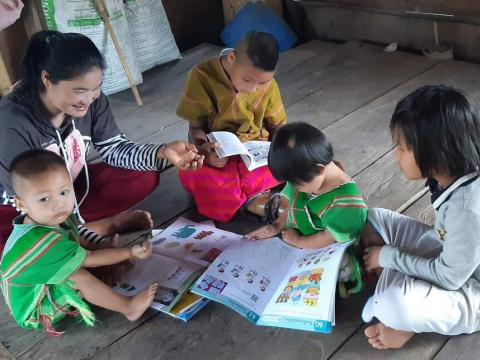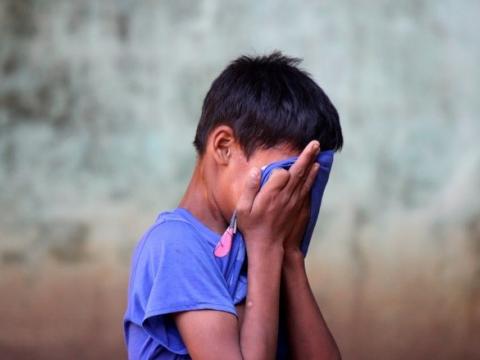
Where are the behavioural scientists who fight violence against children?
By Dr Mirela Oprea
Loads of virtual ink has been spilled in online articles making the case for including behavioural scientists in the fight against COVID-19. The Harvard Business Review’s article last month carried the bold headline: “Biden’s Covid-19 Task Force Needs Behavioural Scientists”. The Social Marketing Association of North America SMANA unequivocally “urges Biden’s COVID Advisory Board to Include Behavioural Scientist and Social Marketer”. Susan Krenn, the executive director of the Johns Hopkins Center for Communication Programs, published an article on Global Health Now saying: “What a relief to see the resumes of President-elect Joe Biden’s COVID-19 advisory board (...). The list, however, contains a glaring omission: A behavioural scientist, someone versed in human behaviour and how it can be influenced.”
This unifying rallying cry was the last drop in an already full glass for me. It made me narrow down the two questions that have been milling around in my head for a while:
- Why do we lack a similar consensus that the fight to end violence against children imperatively requires the support of behavioural scientists? Among a few civil-society organisation and UNICEF, behaviour science is now emerging as a tool to help end violence against children, but institutional donors and policy-makers still need to bring themselves to the point of confidently and properly investing in social and behaviour change.
- Where is the call on governments to employ more behaviour scientists to help us end violence against children? I am yet to see similar calls for action from my community of fellow activists to boldly encourage heads of state and other powerful decision-makers to harness the power of behaviour science to reduce violence.
Five ways behaviour scientists can help to end violence against children (and other social ills)
- At the end of the day, behaviour change is all we’ve got for ending violence against children. There is no pill, no much-awaited vaccine, no magic wand to do the work for us. And plain communication (telling people to be kind to their children and avoid beating them) seems to have its limitations: for more than five decades we have told people that violence against children is wrong, and we still have more than one billion children who are victims of violence every year.
- If we really want to end violence against children, as per SDG 16.2, then the protective and compassionate behaviours that will help achieve this will need to be identified, clearly formulated and promptly adopted by all people from all cultures. If having people to wear a piece of cloth over their mouths and noses to stay alive was a challenge (as we saw with COVID-19), imagine trying to get them to adopt countless new practices that lead to less or no violence against children.
- Various people have various beliefs: some are not even convinced that violence is bad for children. For example, 52% of Romanian respondents have said that they use harsh discipline for the children’s ‘own good’ (!). Behaviour scientists know how to ‘segment’ audiences, understand their concerns and use those insights to produce guidelines to develop the exact messages that will make each audience more open to making the much-needed changes that will lead to less violence against children.
- Behavioural scientists and practitioners can draw on principles of social psychology, neuroscience, behavioural economics and other areas to advise decision-makers on policy framing and action that is consistent with real life, rather than an imagined ideal world. In the real world, people do not always act on their good intentions (“I will stop spanking my child”) or make decisions in their best long-term interest (“I know my child will hate me, but she drives me crazy and yelling helps to relieve my tension”) due to biases, habits, peer influence, and social norms.
- We need to make it easy and attractive for people to do what is best for children, and behaviour scientists have been reflecting on this for decades now. The EAST framework from the Behavioural Insights Team is only one example of the various tools they have developed. EAST stands for Easy, Attractive, Social and Timely. Behavioural science has evidence-based means to help us understand what motivates people and what it will take for them to part with old ways.
I am increasingly convinced that as I have said before, it will take all the behaviour science that we can harness if we truly want to end violence against children.
Dr Mirela Oprea the Social Norms and Behaviour Change Advisor for World Vision's global campaign It takes a world to end violence against children. Follow Mirela on Twitter @miruoprea
